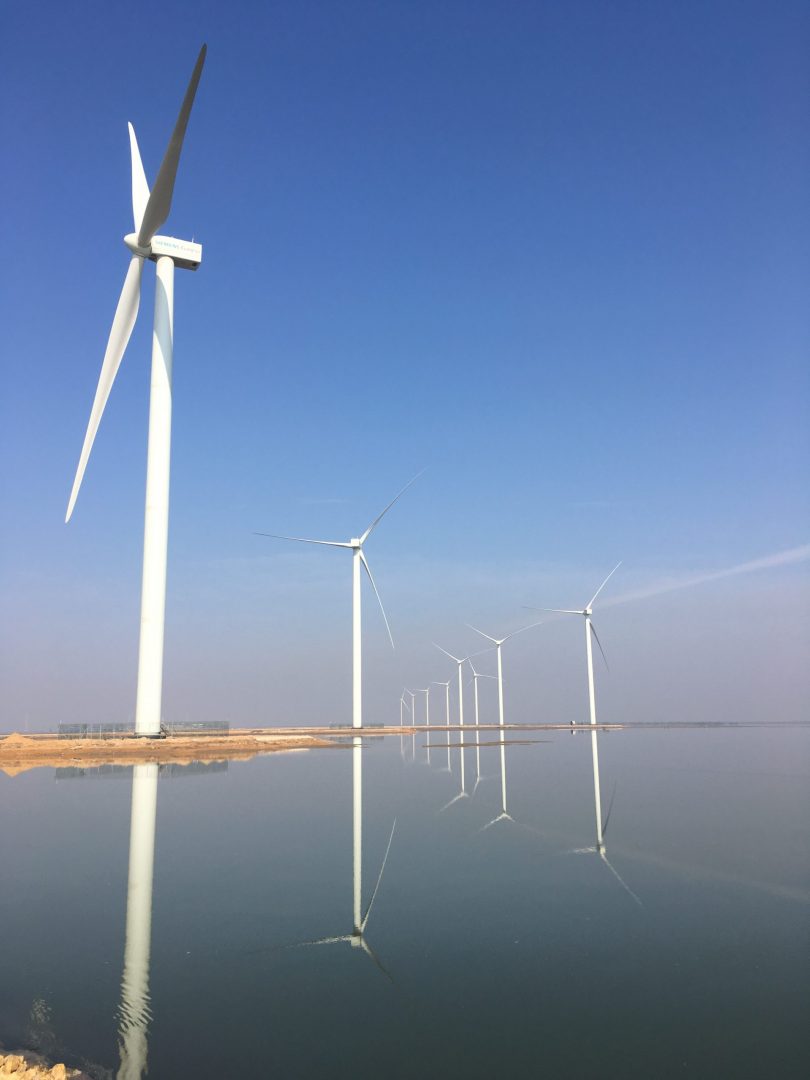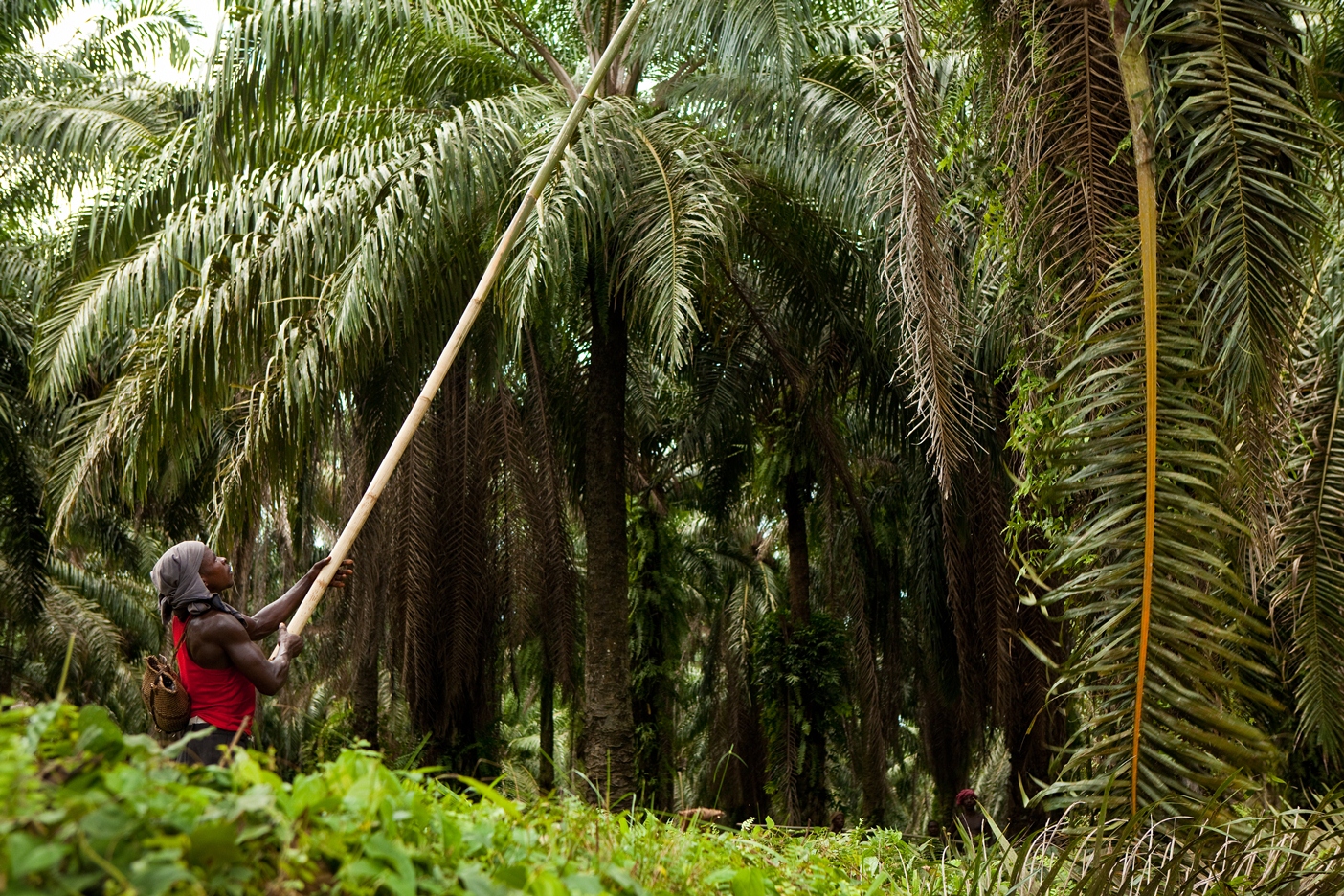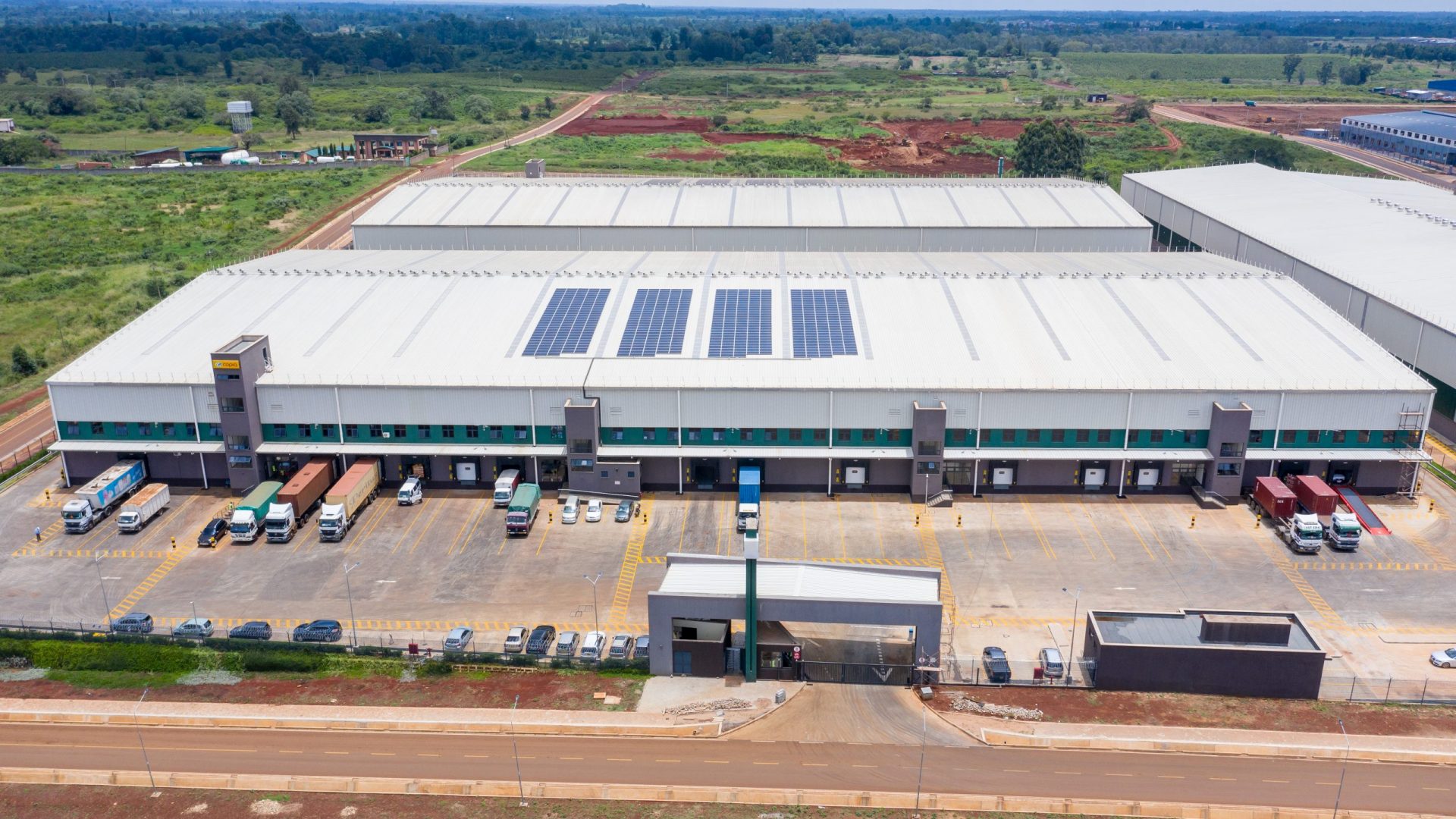This article was originally published on ImpactAlpha – read it here
At British International Investment (BII), our purpose has been constant since we were established in 1948: to do good without losing money. But the way we invest has evolved significantly over nearly 75 years to reflect shifting opportunities and needs.
Most of our investments – today and historically – are made to accelerate private-sector development at scale through what we call the Growth portfolio. Five years ago we formally established a second portfolio of Catalyst Strategies that aim to shape nascent markets towards inclusive and sustainable economies, applying a flexible risk appetite in pursuit of pioneering impact where few benchmarks or precedents exist.
The impact and risk appetite for the Catalyst portfolio is part of our distinctive offer within the development finance community: it has enabled us to support initiatives enhancing access to affordable medicines, innovative technology to drive farmers’ productivity and resilience to climate risks, and smart payment solutions powering millions of homes.
Catalyst vs. growth
Catalyst is defined and delineated from Growth capital across three parameters: (i) a higher threshold for development impact; (ii) relatively higher risk; and (iii) appropriate deal dynamics (see below).
Development impact. The framework below illustrates how we think about impact for Catalyst capital. We assess the contribution of our intervention; routes to impact (scaling up businesses or catalysing markets); and the ultimate impact that we want to achieve (inclusion and/or climate action and environmental sustainability).
Figure 1: Impact Framework for Catalyst
While all our investments pursue positive development impact on people and planet across the Growth and Catalyst portfolios, Catalyst capital needs to achieve Enhanced Development Impact (EDI). By this we mean that the impact hurdle, i.e., what we consider the minimum sufficient impact for a Catalyst transaction, is higher than it is for a Growth transaction.
The impact thesis of every Catalyst investment must make the case for how the transaction meets the impact hurdles for inclusion and/or climate action and environmental sustainability. For inclusion, more than 50 per cent of the population supported by the investment must be individuals living on incomes of $5.50/day or less. All Catalyst investments with an environmental sustainability focus must either: pilot a nascent business model, support an early-stage company and/or technology; or transfer a model, company, or technology to a new market or context where it does not exist, i.e. among the first in a particular market.
Achieving such EDI requires a more flexible risk appetite because of high uncertainty operating in new sectors or geographies, first-mover disadvantages in pioneering new business models, or higher structural costs that can come from maintaining affordability or reaching the last mile.
Beyond pursuing the direct impact of scaling up businesses, Catalyst investments may also catalyse markets by addressing systemic barriers that will make markets more efficient by being more integrated across the value-chain, competitive and/or resilient.
Finally, our Catalyst capital will sometimes crowd in commercial capital from other investors, driving private sector mobilisation.
Higher risk. The second element of our assessment of a Catalyst investment is anchored around risk. The higher risk appetite supported by Catalyst allows us to back investments with a wider range of potential outcomes given the uncertainty of the nascent markets in which they operate. This translates into a probability of loss that can be greater in Catalyst investment profiles, even though the expected return at the time of investment is always positive. Correspondingly, this funding facility has a loss tolerance of 30 per cent in place at the portfolio level, and we use diversification to manage the portfolio towards capital preservation where possible.
In practice
Let’s look at two of our transactions – Ayana Power (Growth) and Gridworks (Catalyst) – to explain how this assessment works in practice.
Ayana Power. Ayana Power is a renewables platform formed by BII in 2017 to develop green infrastructure in India. We appointed a management team, set up an independent board, and injected $100 million of equity.
By 2021, Ayana had 1140MW of renewable power under development. It has also received $170 million in further equity investments from India’s National Infrastructure Investment Fund (NIIF) and Lightsource BP, a leading British developer of renewable energy. Ayana is now targeting an additional 1.25-1.5GW of new capacity a year and is looking at solar-wind hybrid projects including energy-storage technologies.
This platform sits in the Growth portfolio. It is highly impactful in supporting the clean energy transition in India through the scaling up of proven technology, rather than piloting new technology for sustainability or transferring technology to a new place.
From a risk perspective, the power-development and regulatory environment in India is relatively established, and there is commercial appetite for large-scale investment in this sector.
Gridworks. GridWorks is a platform BII established in 2018 to address the market gap in transmission, distribution (T&D) and distributed renewable energy infrastructure in Africa.
Since inception, Gridworks has invested in and grown Sustainable Power Solutions, a distributed renewable energy company that provides clean solar-energy solutions to business customers across sub-Saharan Africa; further it established Moyi Power, a portfolio company, which is developing, building, and owning solar-powered utilities in three cities in the north of the Democratic Republic of the Congo (DRC), serving a population of over 600,000. Today, BII is the sole shareholder in GridWorks.
Power is by far Africa’s largest infrastructure challenge and is particularly acute in the poorest and most fragile countries, e.g DRC. Continued under-investment in this sector limits electricity access, quality, and quantity of supply.
This platform qualifies for the Catalyst portfolio. The Enhanced Development Impact hurdle for sustainability is met, due to our first-mover role in supporting private sector investment into T&D projects in challenging markets. The risks related to country and market risk, and deal dynamics related to being the only investor in the platform, are commensurate with the Catalyst appetite.
Clear expectations
One of the most powerful aspects of our catalytic capital toolkit has been the ability to define it with clear investment rigour. While we apply a flexible risk appetite, we also expect financial performance from each investment we make, ideally delivering a demonstration effect for investors that can follow our lead once the business graduates to a more proven model.
We hope our experiences will help other impact investors seeking to define catalytic capital within their impact investing portfolios.
Written by Yasemin Saltuk Lamy, Managing Director, and Prerna Choudhury, Executive at British International Investment
This article was originally published on ImpactAlpha – read it here











